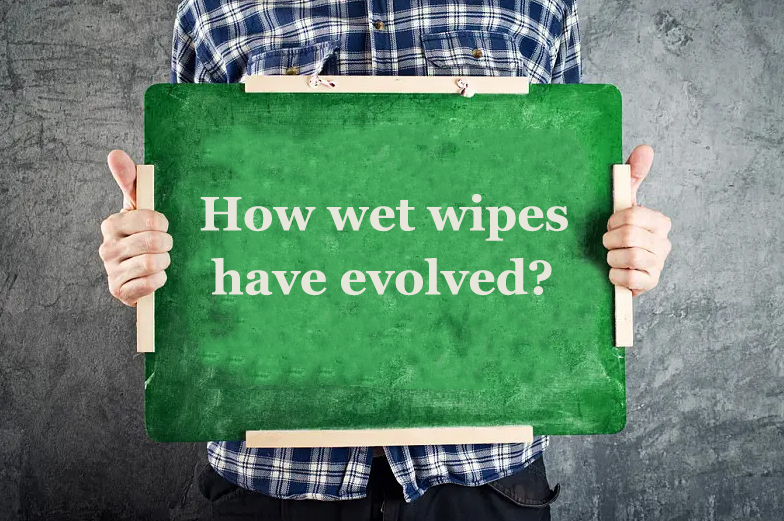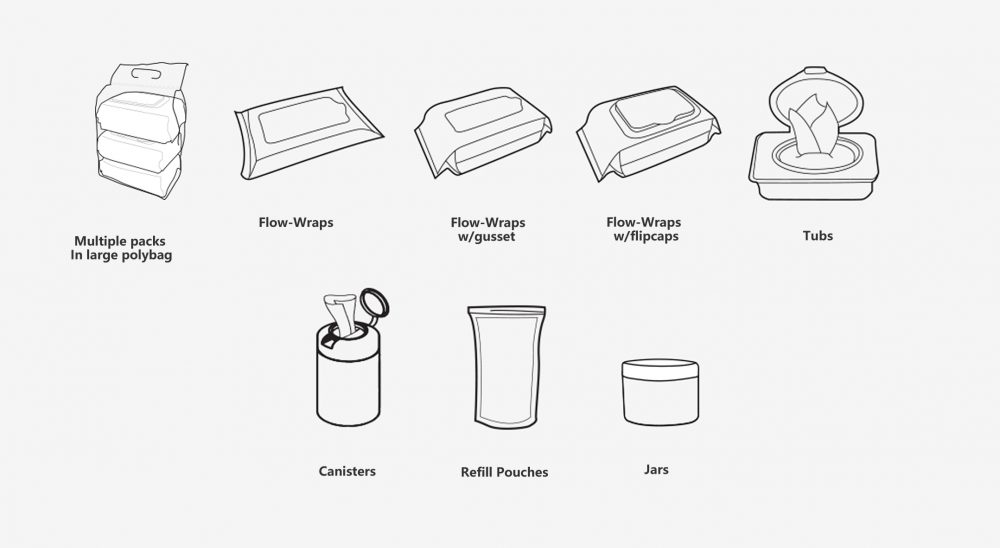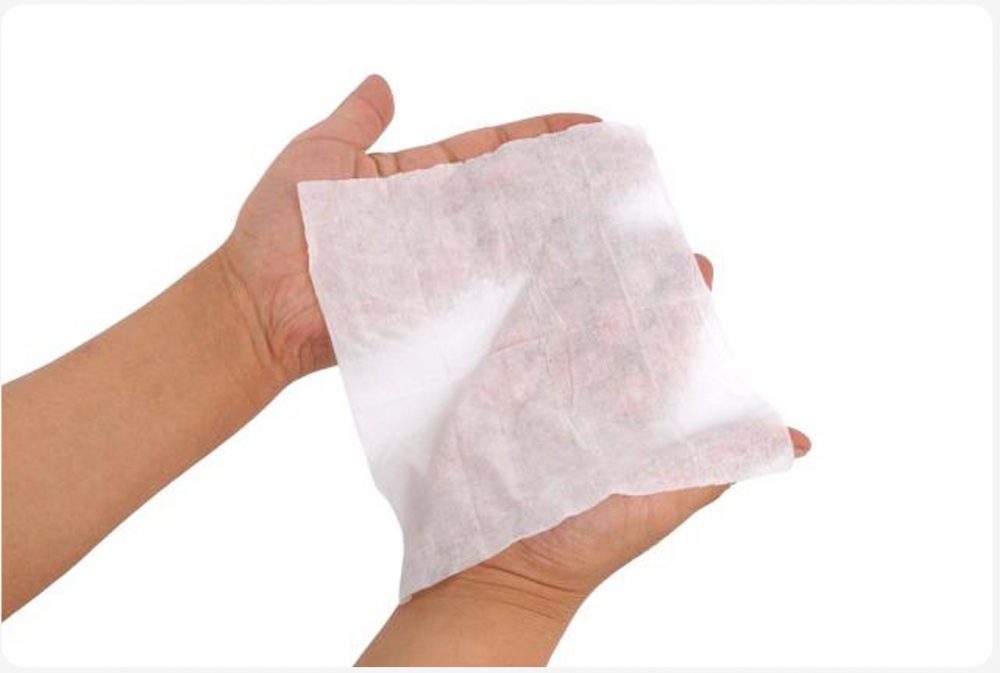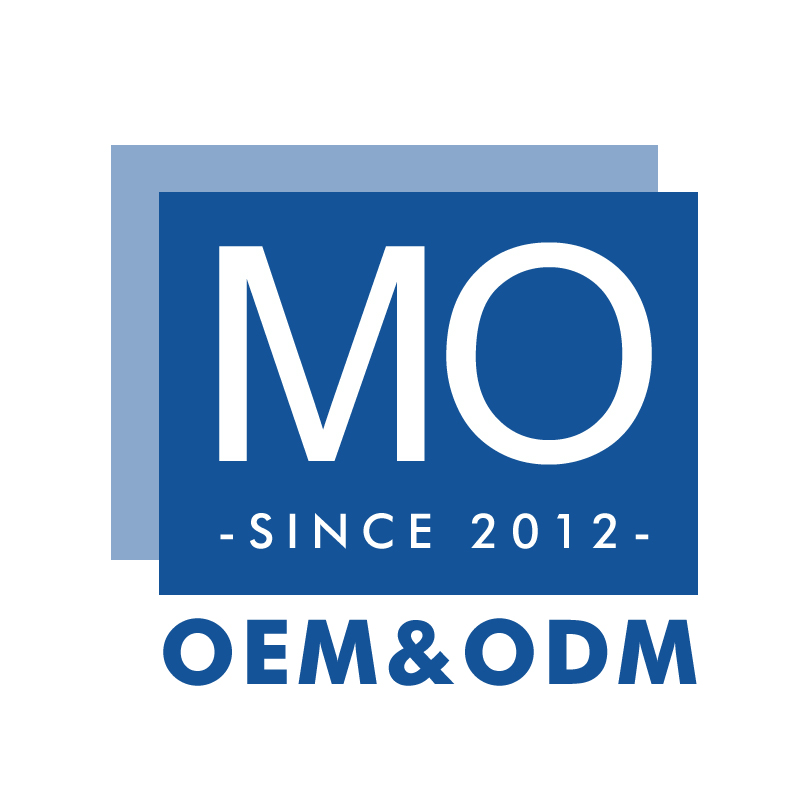For wet wipes there are many things that do not fit the situation at hand. Through this series will provide you with a guide into the world of wet wipes and provide answers to the questions you may have. Today we will look at what a wet wipe is, its history and its applications.
Today, wet wipes are a familiar sight. You can find them on your kitchen counter or in the purse of a mother with a baby or child. Even lists of cleaning supplies for offices, commercial establishments and industrial facilities include wet wipes. In fact, these disposable wet cloths or wet papers have become a necessity in our lives.
From fine cleaning to tough scrubbing, there is a wide range of wipes to suit your cleaning needs.
So, what exactly are wet wipes and how have they evolved?

Definition of wet wipes
- Wet wipes, also known as wet towels or wet tissues, are small pre-moistened pieces of paper or fabric used to wipe the skin with moistened paper towels, usually folded and individually wrapped for ease of use. They are mainly used for cleaning or disinfecting.
- Wipes can be paper, paper towels or non-woven; they are subjected to light friction to remove dirt or liquids from surfaces. Consumers expect wipes to absorb, retain or release dirt or liquids as required. One of the main benefits offered by wet wipes is convenience – it is quicker and easier to use wet wipes than the alternative of dispensing liquids and using another cloth/paper towel to clean or remove them.
- Most wipes are made from a non-woven fabric, similar to those used in dry paper sheets. They are then soaked in a solution of water and a mild detergent (such as isopropyl alcohol). For added fragrance, softness or moisturising ability, the paper or cloth can also be treated with lotions and softeners. The finished product is then folded and placed in a package, box or convenient dispenser.

The history of wet wipes
Wikipedia states that the world’s first wet wipes were invented by an American, Arthur Julius, who used his experience in the cosmetics industry to design and refine production machines and began making prototype wipes in 1957, as well as founding the famous Nic-Pak Products.
1960 saw the first wipes being created at the National Restaurant Show in Chicago. At the time, the United States was in the midst of a golden age of economic growth and the need for Americans to eat out had increased dramatically, so hygienic wipes met the need for a quick cleanse of hands when dining out.Soon afterwards, Arthur Julius invented wipes that were widely used by the global fast food giant KFC. The wipes allowed users to clean their hands well before and after eating fried chicken and were so widely praised by KFC users that other restaurants soon started to follow suit, which gradually began to get people around the world into the habit of using hygienic wipes to clean their hands before and after meals. Wipes were introduced into the everyday life of the public.

The demand for these handy cleaning wipes started when people began to travel frequently. During these trips, they realised that they could clean quickly and easily without the use of a hotel or motel.
The first companies to take advantage of this new product were major brands such as Kimberly-Clark and Procter & Gamble, who could afford to purchase the expensive specialist equipment needed to manufacture the wipes. However, as technology has advanced, it has become more affordable to produce these wipes, allowing smaller brands to enter the industry as well.
By the 1990s, a number of large supermarket chains began selling their own brands of wet wipes. Due to their lower prices, these shop brands were successful in attracting consumers of other brands.
As the popularity of these scrubbing wipes grew, their use eventually shifted. What was once considered the primary tool of hygiene for the body while on the road eventually became the primary means of instantly and conveniently cleaning babies.
Classification (types of wipes) – based on application
Wipes began on the bottom, or more accurately, on the bum of a baby. However, over the last decade the category has grown to include hard surface cleaning, make-up applications and make-up removal, dusting and floor cleaning. In fact, applications other than baby care now account for approximately 50% of sales in the wipes category.

Wet wipes are divided into 3 main categories.
1.Personal care wipes
-Baby wipes.:Baby wipes are wipes that are used to clean the sensitive skin of babies. These wipes are coated with solutions ranging from mild cleansing ingredients to alcohol-based ‘cleansers’. Baby wipes are usually sold in sealed packages to keep the wipes moist and easy to dispense.
-Cosmetic wipes: make-up remover wipes, anti-ageing wipes
-Personal hygiene: e.g. feminine wipes, moist toilet paper, facial wipes, hand wipes, body wash cloths. These wipes are usually pre-moistened, either in single individual packs or in packs of dozens, with flip-top lids designed to reseal. These wipes are useful when you are doing outdoor activities, especially in warm weather. The wipes will remove dirt and sweat before they get into your pores. Some no-rinse wipes can even remove waterproof make-up.
-Pet care: There are now an increasing number of pet care wipes on the market, such as eye, ear or tooth cleaning wipes for body parts of pets such as dogs and cats.
2.Household and domestic cleaning wipes
-Kitchen Wipes
-Toilet Wipes
-Food Service Wipes
-Glass Surface Cleaning Wipes
-Car Care Wipes
3.Industrial cleaning wipes
Able to tackle paint grease coatings with ease, when it comes to industrial applications, choosing the right wipes for the job can make a huge difference in terms of performance, efficiency and economy. Wipes used to be the all-purpose solution for wiping dirt and grease from equipment and hands. Nowadays, convenient disposable wipes are widely regarded as the preferred alternative.
Tips on how to identify good wipes
Just like buying electronic products, there are always people who step on the wrong side of even the most famous brands. When we buy wipes through regular channels and are still slightly unsure about the product we have in hand, we may want to use the following little test to see if the wipes you bought are good or not!

1.Weighing
The actual weight of two wipes of the same size can vary. One is heavier and the other is lighter, why is this? This is mainly related to the size of the cloth, the amount of liquid absorbed by the cloth, and these two factors are related to the wiping area of the wipes and the feel of using them.
The content of liquid in wet wipes generally accounts for about 80%, and more than 90% of this liquid is water, the content is too low wet wipes will feel relatively dry, on the contrary, the content is too high will feel too wet, not convenient to use. Maximising the wiping area and increasing the utilisation of the non-woven fabric is also an important criterion in our choice of wipes.
2.Squeeze
This can be done at the same time as the first step, pick it up and squeeze it. The higher the cotton content of the wipes, the firmer they will be.
3.Smell.
A good wipe should not have added ingredients such as fragrance and migratory fluorescents. Fragrances are ingredients that can easily produce irritation and increase the risk of skin allergies, so be sure to smell them when choosing wipes, and don’t buy wipes with pungent fragrances, especially when buying baby wipes, because babies and children have delicate skin, try to choose unscented wipes for babies and children that are not marked with special efficacy effects. Mingou wipes, without chemical additives, are gentle and non-irritating, have no pungent smell and have a sterilisation rate of 99.999%, so both children and adults can use them without worry.
4.Rub it in
When we buy clothes, most of us use our hands to touch the clothes to judge the good or bad material of the clothes, the same applies to wet wipes. Quality wipes are not easy to slide, and feel very comfortable, long time rubbing also does not pile, poor quality wipes have obvious pile, irritating effect on the skin, easy to let people produce itching feeling.
5.Tearing
Some people say “good wipes are only good wipes if they can be torn“, and this is not unreasonable. If the wipes are easy to tear and do not fall out, it means that the natural fibre content of the wipes is higher and the quality is better.



4 Responses
Hello
what?
why?
good